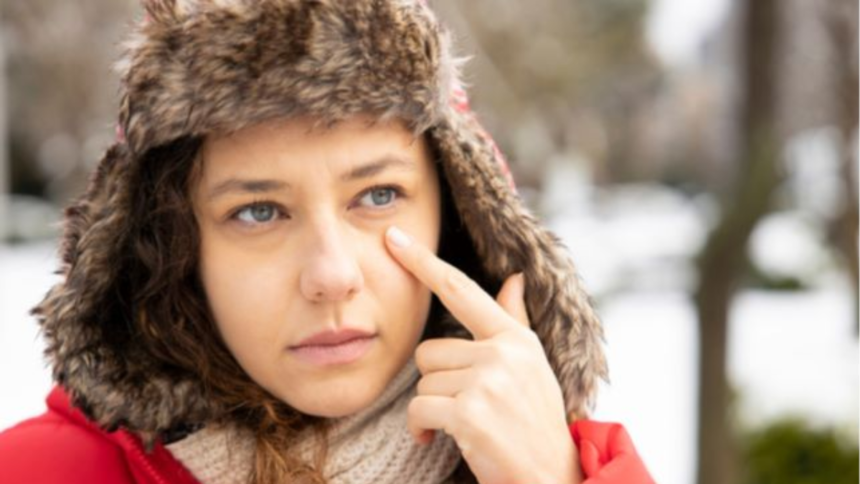Winter Dry Eye Syndrome in Dallas: Navigating Ophthalmological Challenges and Winter Storms 2024
Introduction:
As winter blankets the Northern Hemisphere in a cool embrace, the seasonal shift brings not just joyous holidays but also challenges for our well-being. For many, the colder months are synonymous with cozy blankets, steaming mugs, and perhaps, a struggle against the notorious dry eye syndrome. In the realm of ophthalmology, winter’s dryness often exacerbates eye discomfort, creating the perfect storm for those predisposed to dry eye symptoms. In this blog post, we delve into the intricate relationship between winter, dry eye syndrome, and how residents of Dallas can combat the challenges brought by the chilly season.

Index:
- Understanding Dry Eye Syndrome
- The Impact of Winter on Ophthalmological Health
- How Dallas Weather Aggravates Dry Eye
- Winter Storms: Navigating the Forecast
- Essential Winter Accessories: Beyond Boots and Gloves
- FAQs: Your Winter Eye Health Queries Answered
- Preparing for Winter Storms: A Comprehensive Guide
- Conclusion: Embracing Winter with Healthy Eyes
History:
Dry eye syndrome, a condition where the eyes lack sufficient lubrication, has been a longstanding concern. Winter’s arrival tends to exacerbate this issue, leading to discomfort, redness, and even blurred vision. Ophthalmologists have long observed a surge in dry eye cases during colder seasons, attributing it to a combination of factors such as low humidity, increased indoor heating, and the drying effect of brisk winter winds.
List of Seven FAQs:
- What is dry eye syndrome, and how does it manifest in winter? Dry eye syndrome is a condition where the eyes lack proper lubrication, leading to discomfort, itching, and redness. In winter, low humidity levels and cold winds contribute to the exacerbation of these symptoms.
- How does Dallas weather impact dry eye symptoms? Dallas, known for its diverse weather, experiences a drop in humidity during winter, intensifying dry eye symptoms. Residents may notice increased irritation and a need for additional eye care measures.
- What is the significance of winter storms in eye health? Winter storms can worsen dry eye symptoms due to harsh weather conditions. Understanding weather forecasts, such as the alerta por tormenta de invierno, can help individuals prepare for potential exacerbations.
- Do winter accessories like boots and gloves influence eye health? While winter accessories focus on warmth, they indirectly impact eye health. Cold weather can prompt people to huddle indoors with artificial heating, further drying the air and affecting eye lubrication.
- How to prepare for winter storms beyond clothing accessories? Beyond boots and gloves, preparing for winter storms involves securing essentials, having an emergency kit, and considering eye-friendly measures like using thermal curtains to maintain indoor humidity.
- What are the best practices for winter eye care? Best practices include staying hydrated, using lubricating eye drops, maintaining indoor humidity levels, and understanding the local winter weather forecast, such as the Texas winter storm 2024.
- Can language impact eye health perceptions? Interestingly, understanding winter in Spanish as “invierno” and cold in Spanish as “frío” might influence individuals’ preparedness and perceptions of winter discomfort, including dry eye symptoms.

Conclusion:
As winter unfolds its chilly charm, safeguarding your eyes becomes paramount. Acknowledging the interplay between winter, dry eye syndrome, and the unique weather patterns in Dallas equips you to navigate the season with comfort and clarity. Embrace the winter wonderland while ensuring your eyes remain a picture of health amidst the frosty landscape.
What You Need To Know:
Understanding the nuances of dry eye syndrome in winter empowers individuals to take proactive measures. Hydration, protective eyewear, and staying informed about weather forecasts are key components in maintaining optimal eye health during the colder months.
See More News





